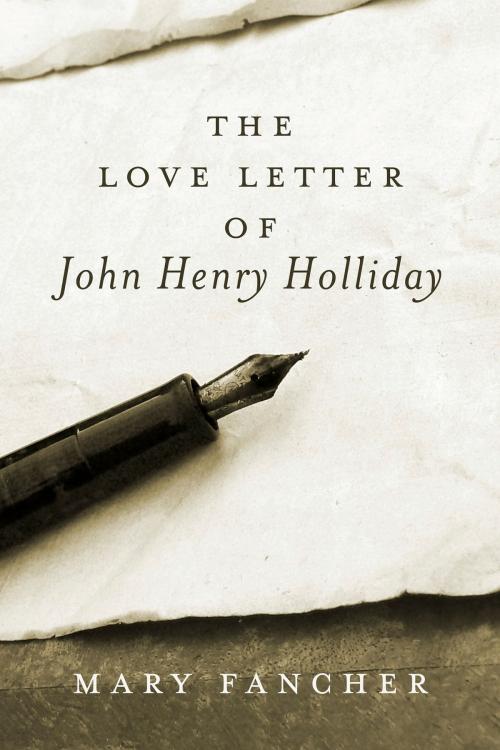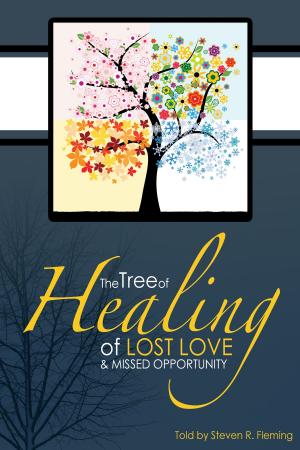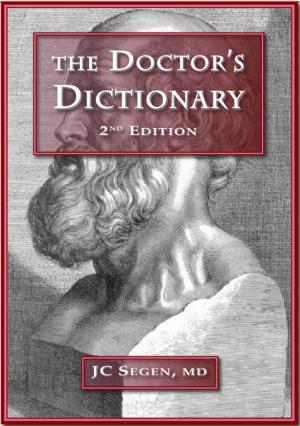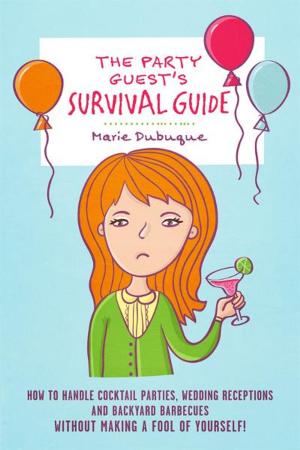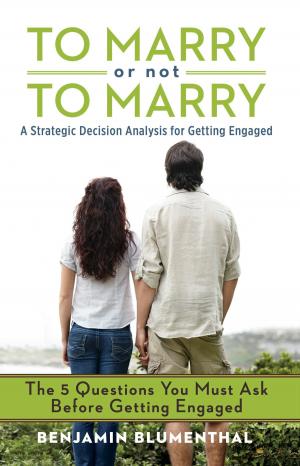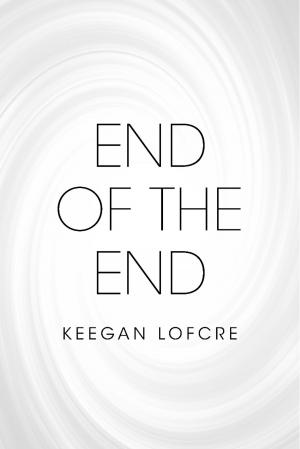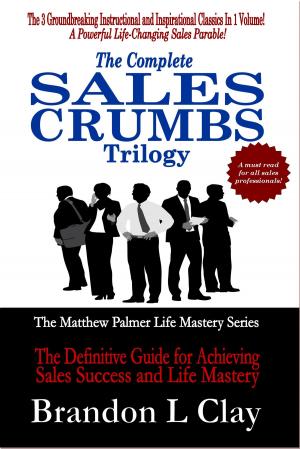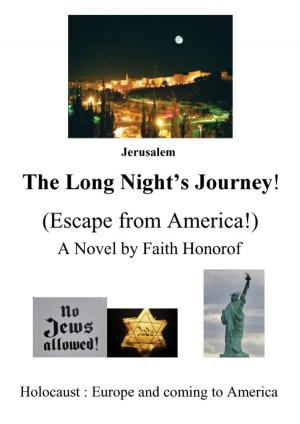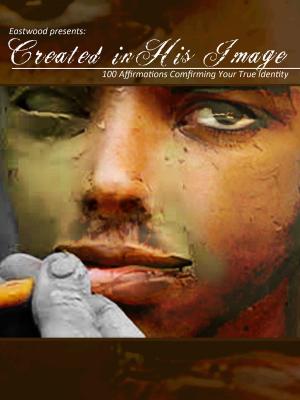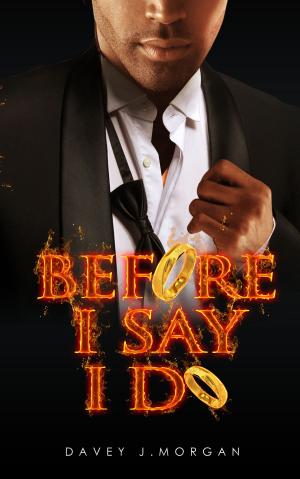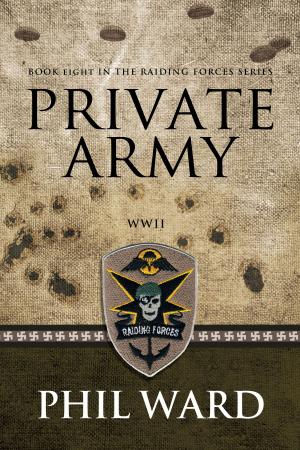| Author: | Mary Fancher | ISBN: | 9781483523682 |
| Publisher: | BookBaby | Publication: | April 28, 2014 |
| Imprint: | Language: | English |
| Author: | Mary Fancher |
| ISBN: | 9781483523682 |
| Publisher: | BookBaby |
| Publication: | April 28, 2014 |
| Imprint: | |
| Language: | English |
What would Doc Holliday have thought about his life as he lay dying in a hotel room in Colorado? What would he have had to say about his childhood, about the disease that had burdened and was now cutting short his life? About the famous gunfight in Tombstone and all the events leading up to it? What if these thoughts were contained in one last letter that he wrote to the only woman he ever loved, a woman who, at that very moment, was a Catholic nun in a southern convent? The Love Letter of John Henry Holliday is this last letter. When John Henry Holliday passed away on November 8, 1887, the Glenwood Springs Ute Chief reported that “He only had one correspondent among his relatives – a cousin, a Sister of Charity, in Atlanta, Georgia.” This correspondent was his cousin Mattie Holliday, and after his death, she asserted that if people had known him the way she had known him, they would have seen a different person from the one of western infamy. Before her own death in 1939, Mattie destroyed a select few of the letters she had received from him. What was expressed in those letters is a mystery. The Love Letter of John Henry Holliday resurrects one of these letters from the ashes of history, imagining what John Henry’s last missive to his cousin would have been like. Here, he defends his life to Mattie – and, possibly, to himself as well – presenting the motivations behind his many questionable actions. As he writes, his words inspire more reflection, other memories he doesn’t put down on paper. He reflects back on his childhood in Georgia and the devastating loss of his mother from consumption; his incendiary relationship with his father and the aftermath of the Civil War. When, as a young man, his plans for the future are obliterated by physical and personal catastrophe, he travels to Texas where the rustlers, criminals, and other miscreants present a far more real threat than the Comanche and Kiowa. His memory travels as he traveled, stopping at some of the most dangerous towns in Texas, Arizona, New Mexico and Colorado as he makes his living at the gambling tables and tries to stay one step ahead of the consumption that is killing him. The names of the men and women he interacts with are as famous – or infamous – as the places he visits: Fort Griffin where he renews the acquaintance of the prostitute Kate Fisher, Dodge City where his friendship with Wyatt Earp is cemented, Tombstone where tragedy conspires with an unholy alliance of rustlers and desperadoes including the Clanton and McLaury brothers, Curly Bill Brocius, and John Ringo. But there are lesser known places and men whose names have barely made the pages of history. He recalls all of them and their impact on his life. Throughout, the reader sees him as Mattie knew him, a man brought alive as the complicated individual he surely was: intelligent and charismatic, violent and doomed. As he looks back on a life cut short by consumption, his words are often poetic, occasionally bitter, and frequently bleak, but it is all from his unique point of view. The letter is both an apologia and a penance. By the end, it is something more: a declaration of love.
What would Doc Holliday have thought about his life as he lay dying in a hotel room in Colorado? What would he have had to say about his childhood, about the disease that had burdened and was now cutting short his life? About the famous gunfight in Tombstone and all the events leading up to it? What if these thoughts were contained in one last letter that he wrote to the only woman he ever loved, a woman who, at that very moment, was a Catholic nun in a southern convent? The Love Letter of John Henry Holliday is this last letter. When John Henry Holliday passed away on November 8, 1887, the Glenwood Springs Ute Chief reported that “He only had one correspondent among his relatives – a cousin, a Sister of Charity, in Atlanta, Georgia.” This correspondent was his cousin Mattie Holliday, and after his death, she asserted that if people had known him the way she had known him, they would have seen a different person from the one of western infamy. Before her own death in 1939, Mattie destroyed a select few of the letters she had received from him. What was expressed in those letters is a mystery. The Love Letter of John Henry Holliday resurrects one of these letters from the ashes of history, imagining what John Henry’s last missive to his cousin would have been like. Here, he defends his life to Mattie – and, possibly, to himself as well – presenting the motivations behind his many questionable actions. As he writes, his words inspire more reflection, other memories he doesn’t put down on paper. He reflects back on his childhood in Georgia and the devastating loss of his mother from consumption; his incendiary relationship with his father and the aftermath of the Civil War. When, as a young man, his plans for the future are obliterated by physical and personal catastrophe, he travels to Texas where the rustlers, criminals, and other miscreants present a far more real threat than the Comanche and Kiowa. His memory travels as he traveled, stopping at some of the most dangerous towns in Texas, Arizona, New Mexico and Colorado as he makes his living at the gambling tables and tries to stay one step ahead of the consumption that is killing him. The names of the men and women he interacts with are as famous – or infamous – as the places he visits: Fort Griffin where he renews the acquaintance of the prostitute Kate Fisher, Dodge City where his friendship with Wyatt Earp is cemented, Tombstone where tragedy conspires with an unholy alliance of rustlers and desperadoes including the Clanton and McLaury brothers, Curly Bill Brocius, and John Ringo. But there are lesser known places and men whose names have barely made the pages of history. He recalls all of them and their impact on his life. Throughout, the reader sees him as Mattie knew him, a man brought alive as the complicated individual he surely was: intelligent and charismatic, violent and doomed. As he looks back on a life cut short by consumption, his words are often poetic, occasionally bitter, and frequently bleak, but it is all from his unique point of view. The letter is both an apologia and a penance. By the end, it is something more: a declaration of love.
